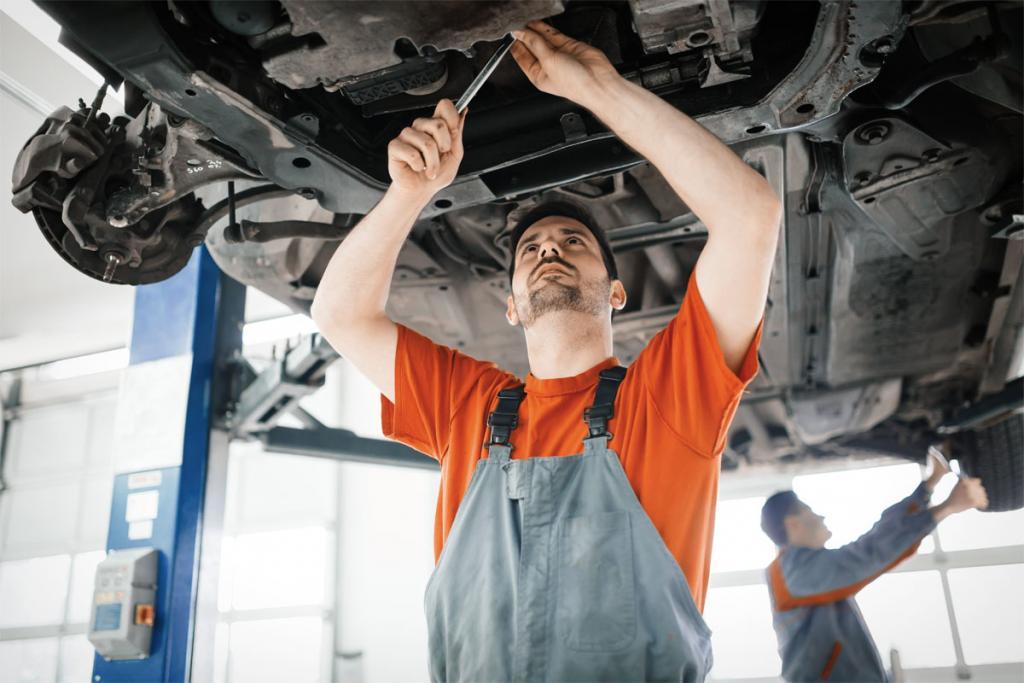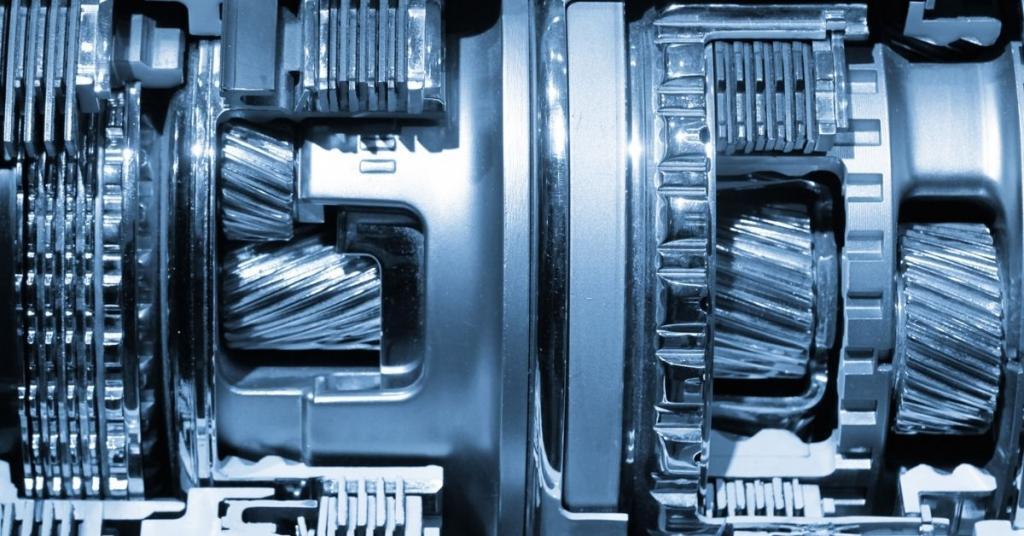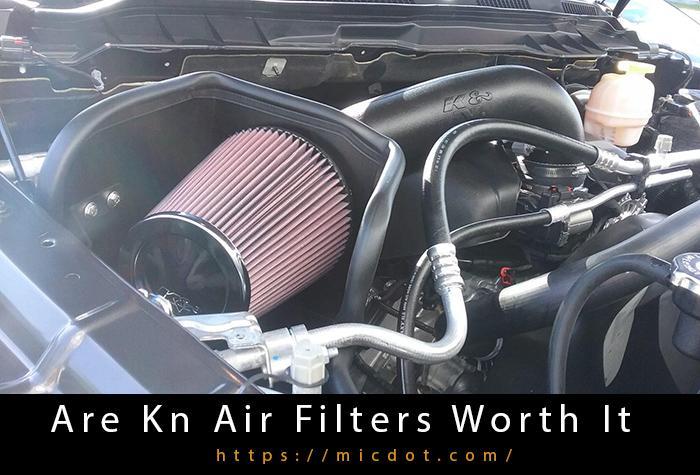You should expect to pay anything from $1200 to $5000 for a transmission repair on average. Find out how much it will cost to have your manual or automatic transmission repaired.
This author has been carefully screened to ensure that he or she is qualified to write about the subject at hand. On our website, you may find out more.
You Are Watching: Transmission Repair Cost: How Much Updated 04/2024
When you get in your automobile, you put it in Reverse, and drive off.
As soon as the drive is selected, the device hesitates and emits an audible “clunk.” It then resumes normal operation.
It’s possible that you have a transmission problem.
How much does it cost to fix a transmission?
If the damage is severe enough, then the answer will change. You should expect to pay anywhere from $80 to $250 for a simple fluid change. To replace a solenoid shift or fix a fluid leak, budget between $150 and $200.
When compared to the expense of rebuilding or replacing your transmission, the cost of repair pales in comparison.
Sadly, you will learn this lesson the hard way if you choose to ignore a critical repair.
Fortunately, we’ve put up a comprehensive guide to transmission repairs that covers everything you need to know. First, we’ll examine how transmissions function.
After that, we’ll look at what goes wrong with them and how you can identify whether yours is one of them.
Last but not least, we’ll have a look at each of the repair/replacement choices available and the costs associated with each.
Right now, let’s get started!
What Does A Transmission Do?
The engine generates power, but the transmission controls how much of it reaches the wheels at any one time.
Using a bicycle’s gears as an example. The chain is temporarily removed and then reinstalled when you switch between the two.
This is analogous to the operation of a manual transmission. You may shift gears by squeezing the clutch in, which disconnects the engine from the transmission. When you release the clutch, the two are reconnected.
Read More : Different Types Of Pumps And Which One You Should Buy Updated 04/2024
There is a gear shifter that handles the work for you in an automatic transmission. When you accelerate, it shifts to a higher gear, and when you slow down, it shifts back to a lower one using a device known as a torque converter.
Your transmission may be in need of repair if you start experiencing problems. Your car will stop working if you don’t take care of this issue.
The fundamentals of how a transmission works are now in your grasp. A look at what leads people to fail is in order.
What Causes A Transmission To Fail?

Low Transmission Fluid
Transmissions, like engines, run on fluid, in this case referred to as transmission fluid. It serves as both a lubricant and a hydraulic fluid in one package. This keeps it at a safe working temperature, helps with gear shifts, and lubricates the moving parts.
If your transmission fluid is low, it will heat up, make shifting difficult, and eventually seize up, as you would have anticipated.
Because of this, most tranny fluid can be replaced every 2 12-5 years for an average driver with 30,000-60,000 miles on the odometer. In addition, the cost of changing it is minimal, ranging from $80-$250, making it an attractive option.
Transmission Fluid Leak
This problem is similar to the last one in that it signifies that your transmission does not receive the necessary fluid. However, if fluid is dripping from your transmission, there’s no point in adding more; the problem must be addressed.
It’s fortunate that transmission fluid is red, making it easy to identify when you see a puddle of it under your car. In this article, we’ll go through how to fix a leaky transmission and how much it costs.
A Clogged Transmission Fluid Filter
By the way, your tranny is equipped with a filter that captures potentially hazardous particles such as dust and metal flakes before they can do any damage. However, if the filter becomes clogged with too much trash, it will be rendered unusable.
The fluid can be clogged as well, resulting in the same problem as with cause number two.
Fortunately, you can keep your tranny in good shape by changing the fluid (and filter) every 30,000-60,000 miles as recommended. As a bonus, it will allow you to spot minor issues before they get out of hand.
Now that you’re aware of the root source of the problem, you may take steps to avoid it. A few of the most typical signs and symptoms that point to this being the case are as follows:
Symptoms Of A Faulty Transmission
Burning Odor
A burning smell coming from your car is never a good sign. A shortage of fluid in your transmission might cause it to overheat, as we explained previously. Burning a small amount produces a peculiar, sweet-smelling odor when it’s done.
Preventing further damage and, thus, a bigger shop cost, means spotting a failing tranny early on.
Gear Slippage
You can easily tell whether your transmission is shifting gears when it shouldn’t by looking at it. This may not only create more damage, but it may also render your vehicle unsafe to operate.
There is a lot that goes into having an automatic transmission shift smoothly, but if yours slips gears, all of that is lost. A rough jerking sensation is to be expected as the RPMs rise suddenly.
Read More : Can You Mix Pink And Orange Antifreeze Updated 04/2024
Driving on icy roads might actually make your car lose traction because of anything as innocuous as a brake light blinking. This is dangerous for you, your passengers, and anybody else in the area.
Clunking/Whining Sound
As we discussed earlier, a transmission that lacks fluid is quite damaging. Tranny fluid functions as a thin layer of lubrication between the metals, which is one of the reasons behind this.
A clunking or whining sound can be heard when the gears lock into place without it.
The more time that passes with these noises, the more damage your transmission will take and the sooner it will break.
Issues Shifting Gears
When shifting gears, if your transmission hesitates or jerks, it’s probably low on fluid. Without transmission fluid, your car may struggle to shift gears.
Your car’s initial signs of trouble should be taken to the shop as soon as possible in order to prevent the situation from becoming more serious. Repair costs are reduced when there is less damage.
Now that you have a better grasp of the indicators to look out for, you can better protect yourself. Let’s take a look at the average cost of transmission repair.
How Much Does Transmission Repair/Replacement Cost?

Transmission Fluid Flush
This servicing entails draining the system and refilling it with new transmission fluid. From $80-$250, depending on where you take your vehicle. Because you can accomplish this at home, the expenditures can be slashed in half.
Shift Solenoid Replacement
Essentially, a shift solenoid is a valve that regulates the transmission fluid flow. Anywhere from $150 to $400 is a reasonable price to spend on a single solenoid replacement (including both parts and labor). Solenoid costs can quickly mount in gearboxes with two or more.
Transmission Fluid Leak
A damaged seal, which can cost up to $200 to replace, is the most common cause of transmission leakage. However, if the leak originates from the front seal, the sum will rise dramatically.
Fortunately, seal swell agents are included in the majority of transmission fluids, preventing them from drying out and shrinking. Transmission seal maintenance additives might also be used.
Transmission Rebuild
Rebuilding the transmission involves replacing worn or broken parts with new ones and reusing the rest. The problem here is that it takes a long time to complete. Because of this, the cost of replacing the tranny is quite similar to what it would cost to do so. Where can I get an estimate on the cost of a transmission rebuild? $2,500-$4,500.
Transmission Replacement
Afterwards, there’s the inevitable transmission replacement, which is worse than discovering that your engine has failed. Why? Because a new transmission might cost anywhere from $4,000 to $8,000, it’s not cheap to replace your old one.
A used or rebuilt transmission, which costs between $2,500 and $4,000, can save you a lot of money.
Instead of repairing or replacing your transmission, keep it in good working order.
It’s as easy as that!
Don’t be surprised by a large repair fee; instead, keep your tranny in good working order for its entire lifespan.
Sources: https://micdot.com
Category: Gear










